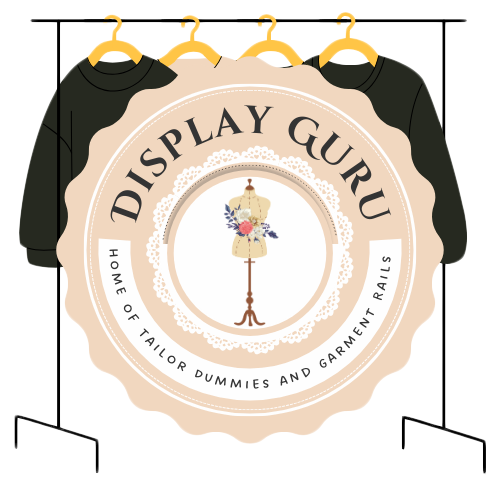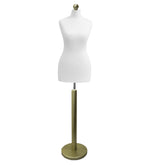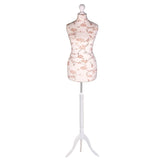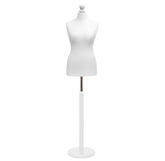Your Guide to Wall Mounted Clothes Rails
A wall mounted clothes rail is one of those brilliantly simple storage solutions. It’s a rail that fixes directly onto your wall, letting you hang clothes without taking up a single inch of floor space. They're perfect for tidying up bedrooms, organising hallways, or even for commercial displays where a bulky wardrobe just won't do.
The Modern Solution to Cluttered Spaces
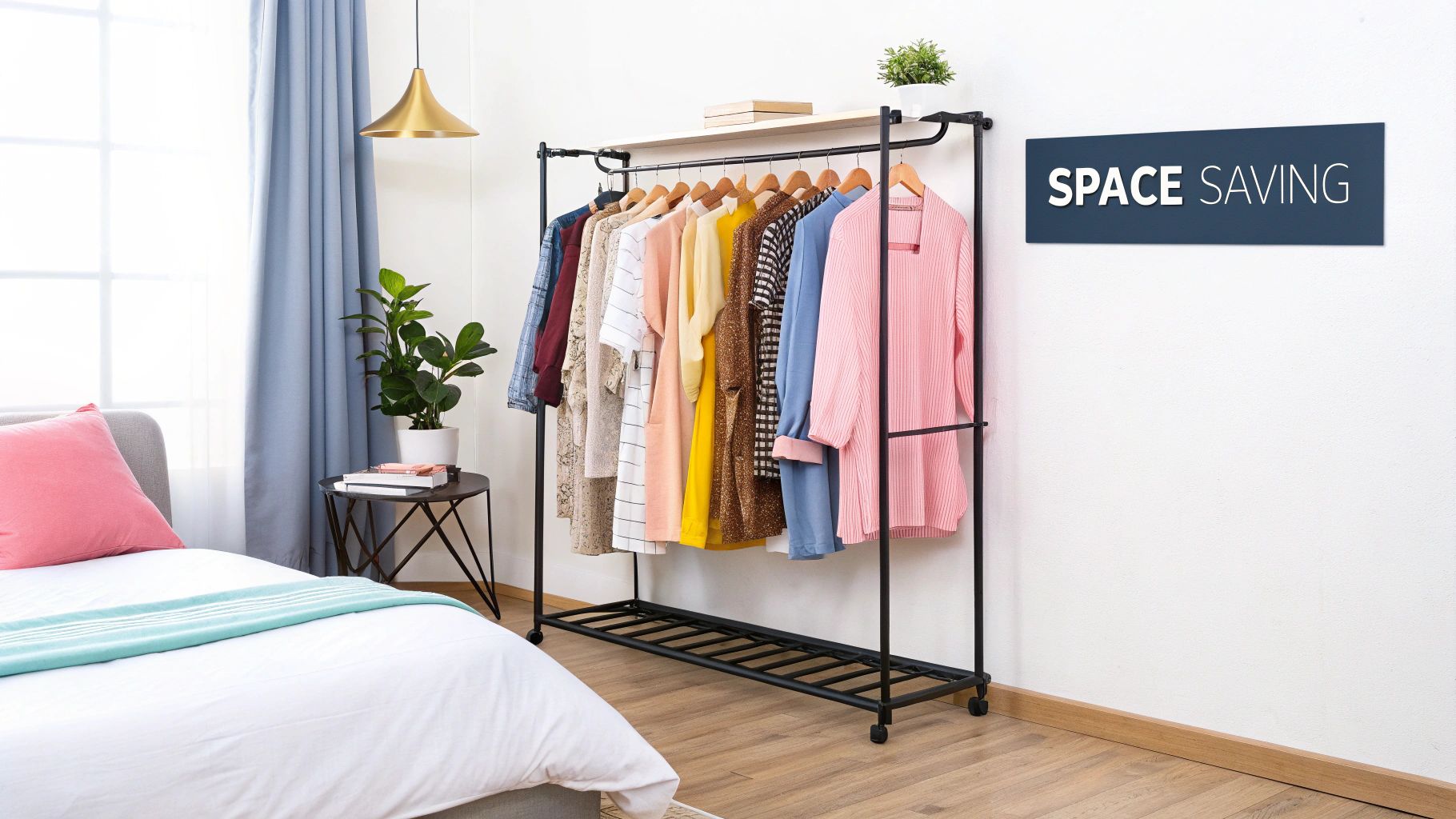
We're all fighting the battle against clutter, especially in homes where every square foot counts. Traditional wardrobes and freestanding racks can be real space hogs, making rooms feel cramped and smaller than they actually are. A wall mounted clothes rail flips that script, turning empty vertical space into practical, stylish storage.
Think of it as reclaiming your room from the ground up. The moment you lift storage off the floor, the whole space feels more open and airy. It’s a minimalist approach that’s not just about practicality; it’s a conscious design choice that promotes a clean, organised look. It's just one of many clever space-saving home solutions you can use to make the most of what you have.
More Than Just Storage
A well-chosen wall mounted clothes rail is more than just a place to hang your coats. It can become a real feature piece. You can use it to display your favourite garments, turning them into a curated collection that adds a splash of colour and personality to your decor. This makes it an incredibly versatile tool for both home and retail settings.
In a shop, for example, these rails are invaluable for creating eye-catching displays. They can spotlight new collections, help build a specific brand atmosphere, or simply make a small boutique feel much larger. We actually have an in-depth guide covering all the different types of clothing display stands that can really elevate a retail space.
A wall mounted rail is the ultimate fusion of form and function. It solves a practical storage problem while simultaneously enhancing the visual appeal of a space, proving that utility and style can coexist beautifully.
Consider this guide your complete resource. I’ll walk you through everything, from picking the right material and size to installing it safely and styling it like a pro. Whether you’re kitting out a compact flat or a busy shop, you’ll see just how much of a difference this simple fixture can make.
How to Choose Your Ideal Clothes Rail
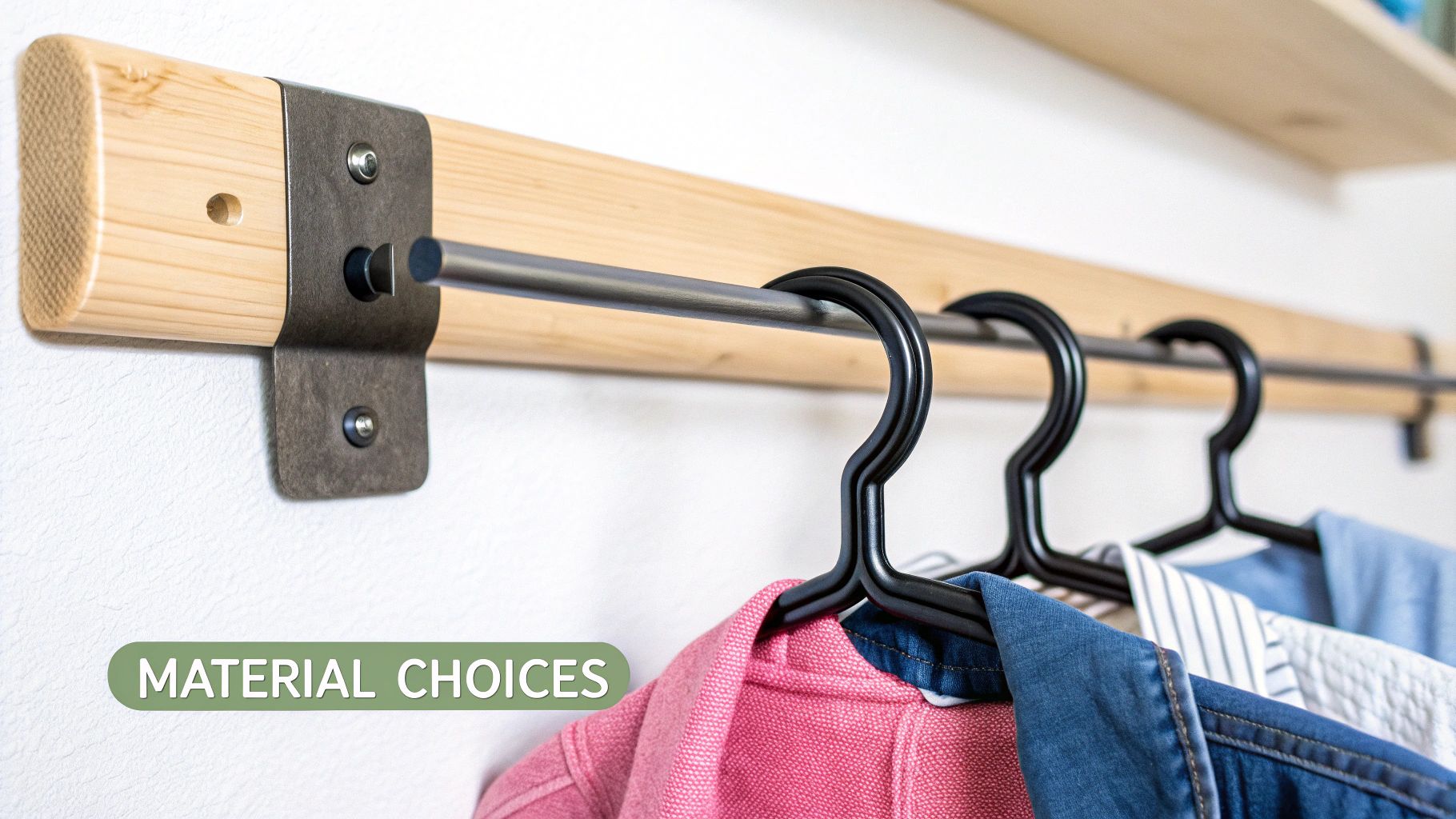
Feeling a bit lost in the sea of options for wall mounted clothes rails? It’s completely understandable. Choosing the right one is a bit like picking the perfect frame for a piece of art—it needs to support the contents securely while complementing the room's overall feel.
Let's walk through the decision-making process. I’ll break it down into simple, manageable steps so you can find a rail that's not just functional, but genuinely looks the part.
First things first, think about the aesthetic. A wall mounted rail isn't just a storage tool; it becomes a piece of your decor. Are you going for that raw, urban loft vibe? An industrial pipe rail made from black or galvanised steel will nail that look. If your space is more on the clean and minimalist side, a sleek single bar in chrome or matte black will blend in beautifully.
For a softer, more traditional feel, you can find rails that bring in natural wood elements. These are great for adding a bit of organic warmth to a room. It's all about deciding what visual story you want your rail to tell.
Matching Materials to Your Needs and Style
Looks are one thing, but the material of your clothes rail is what determines its strength and how long it's going to last. This is where we move from how it looks to how it performs, and each option offers a different balance of style and substance.
Choosing the right material isn't just a technical decision; it's about matching the rail's character to its purpose. To help you weigh your options, here's a quick comparison of the most common materials you'll come across.
Comparing Wall Mounted Clothes Rail Materials
| Material | Key Benefits | Best For | Considerations |
|---|---|---|---|
| Steel | Unmatched strength and durability; comes in modern finishes | Heavy-duty storage, winter coats, or a full wardrobe | Can look too industrial for softer interiors if not styled well |
| Copper | Warm, stylish metallic tone; develops a unique patina over time | Boutique displays, curated collections, or feature pieces | Not as strong as steel; may tarnish if not maintained |
| Wood | Adds natural warmth and an organic, softer look | Decorative brackets or rails for very light, occasional use | Lacks the tensile strength of metal for holding significant weight |
Ultimately, picking the right material is a balancing act. A heavy-duty steel rail offers total peace of mind for a packed wardrobe, while a more delicate copper rail could be the perfect finishing touch for a guest room or a carefully curated display.
Getting the Size and Capacity Right
Now for the practicalities—and this is arguably the most critical part. You need to get the size and weight capacity spot on. An overloaded rail, or one that’s not properly secured to the wall, is a disaster waiting to happen.
Be realistic about what you plan to hang. A rail for showcasing a few favourite outfits has completely different requirements from one you're relying on to replace an entire wardrobe.
Always, always check the manufacturer’s specified weight limit before you buy. You also need to know what kind of wall you’re working with. A solid brick or concrete wall can handle a much heavier load than plasterboard. If you do have plasterboard walls, it's absolutely crucial that you fix the rail's brackets directly into the wooden studs behind the board. That’s the only way to get the support you need.
Here in the UK, the demand for clever storage has led to a fantastic range of options. Suppliers offer rails in all sorts of sizes, from a compact 2ft to a generous 6ft, with finishes like black, white, and chrome proving popular for how easily they fit into modern homes. To get a better sense of what's out there, it helps to explore the full spectrum of clothing display racks. This will give you a clearer idea of what will work best for your space and storage needs.
A Step-by-Step Installation Guide
Right, you’ve chosen your rail and you’re ready to get it on the wall. A solid installation is non-negotiable here. It’s a bit like hanging a heavy mirror or a kitchen cabinet; you absolutely have to anchor it properly so it can handle whatever you throw at it. Let's walk through how to get it done right the first time, so you can have complete confidence in your new setup.
First things first, get your tools ready. Having everything within arm's reach makes the whole job go a lot smoother. You won't need anything too fancy, just the essentials:
- A decent tape measure
- A spirit level (nobody wants a wonky rail)
- A pencil for marking up
- A stud finder – this is crucial for plasterboard walls
- A power drill with the right bits for your wall type
- The screws and wall plugs that came with your rail
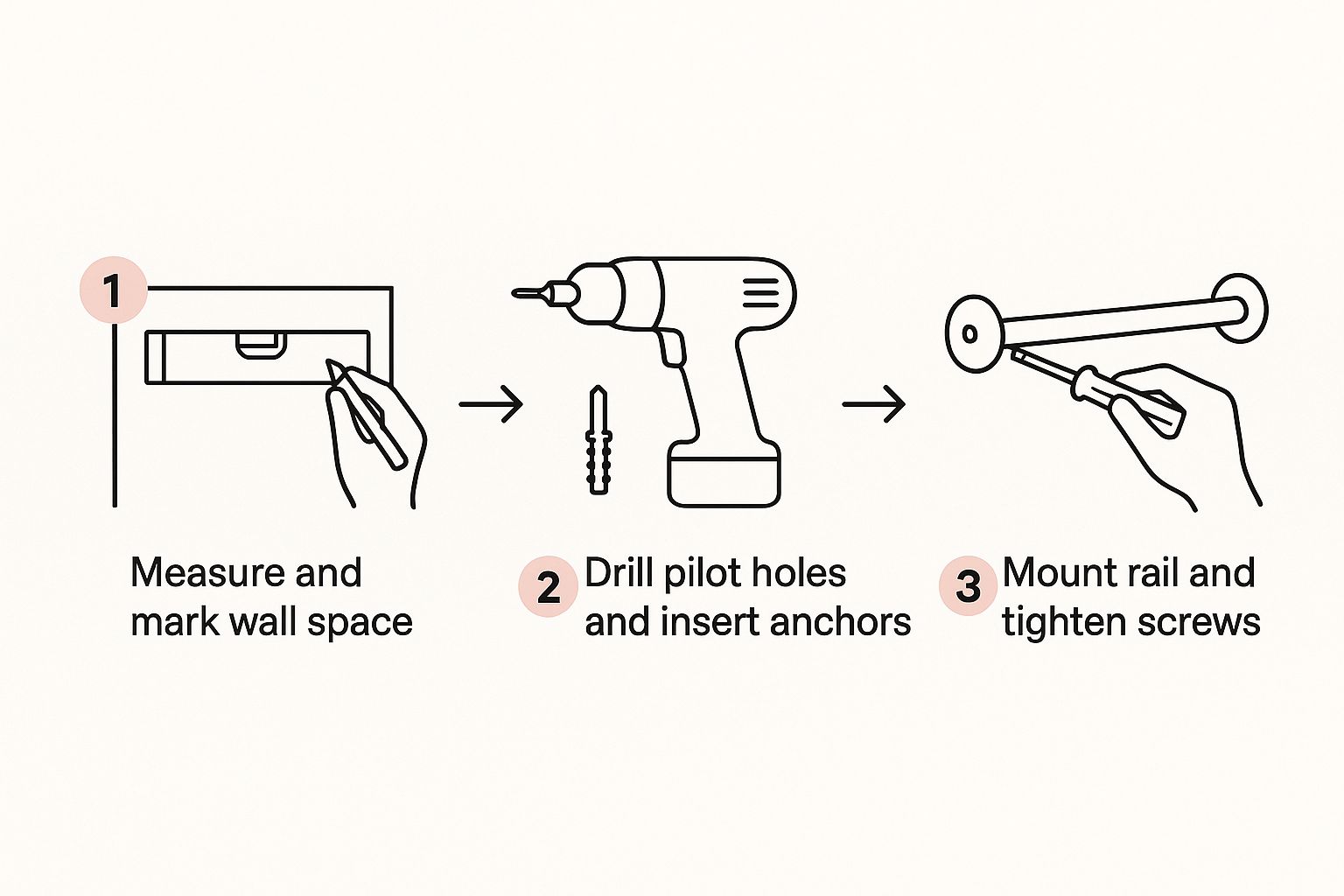
As you can see, a successful installation really boils down to three things: measuring carefully, anchoring correctly, and mounting securely.
Finding The Right Spot And Fixing Securely
The type of wall you're working with will dictate your every move. If you've got solid brick or concrete, you're in luck – the job is pretty straightforward. Just drill, pop in the right wall plugs, and you're good to go.
Plasterboard walls, however, are a different beast entirely. They need a bit more respect because the board itself can't hold much weight. For these walls, you must find the wooden studs hidden behind the plaster and fix your rail brackets directly into them.
Grab your stud finder and scan the wall to locate the centre of at least two studs. This gives your rail the solid foundation it needs. If you absolutely can't use studs, your only other option is to use heavy-duty plasterboard fixings, but make sure you check their maximum weight rating first.
A wall-mounted clothes rail is only as strong as its fixings. Securing it to a stud or using the right heavy-duty anchors is the difference between a reliable storage solution and a potential disaster waiting to happen.
Once you’ve marked the drill points on the studs, use your spirit level to draw a faint line connecting them. This guarantees your rail will be perfectly horizontal. Drill your pilot holes, tap in the wall plugs, and then you can screw the brackets firmly into place. You want them tight and completely flush with the wall. For a really professional and sturdy finish, consider using specialised wardrobe rail end supports as part of your hardware.
Finally, attach the rail to the brackets. Before you start loading it up, give it a good, firm tug to make sure it's absolutely solid. This kind of permanent installation gives you far more stability than temporary fixes. If you're still weighing up your options, you might want to see how this compares to a portable clothing rack to figure out what truly suits your space.
Styling Your Rail for Home and Retail
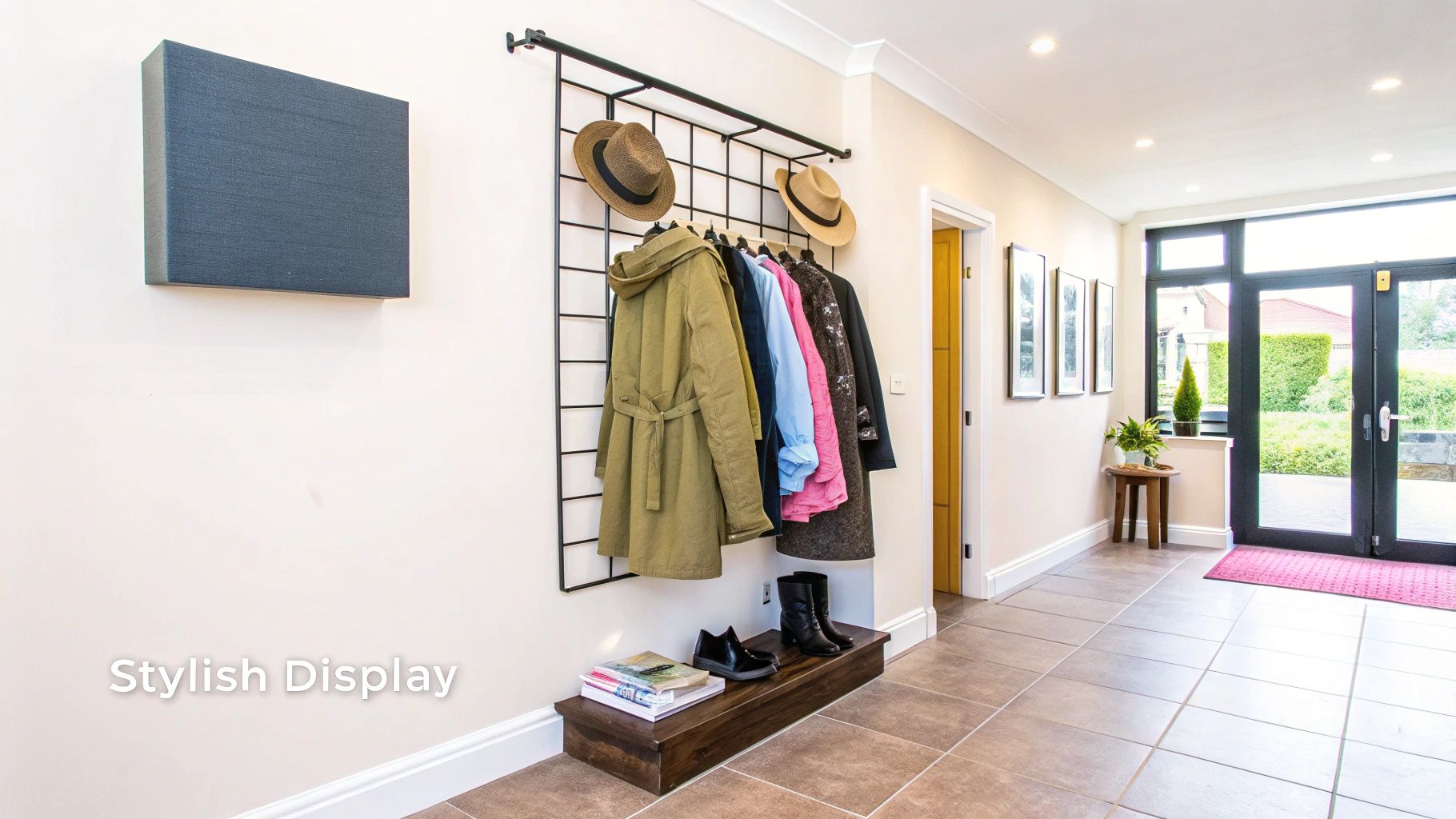
A wall mounted clothes rail is so much more than just a place to hang things. Think of it as a blank canvas, ready for you to express your personal style or your brand’s identity. With just a few simple touches, you can elevate it from a purely functional item into a real design feature that enhances the entire room.
In your home, the styling possibilities are endless. It can act as a chic, open wardrobe in a bedroom, showing off your favourite outfits and making getting dressed feel a little more special. You could even create a dedicated 'get-ready' station by adding a stylish chair and a full-length mirror next to it. Or, place one in a hallway to create an elegant spot for guests' coats—a far cry from hooks on the back of a door.
It's the little details that make all the difference. Using a consistent set of matching hangers, whether they're sleek black velvet, warm wood, or minimalist metal, instantly brings a sense of order. Arranging your clothes by colour is another classic trick that turns your collection into a pleasing visual gradient.
Creating a Powerful Brand Statement in Retail
For a shop, a wall mounted rail is a cornerstone of visual merchandising. The style you pick says a lot about your brand. An industrial pipe rail gives off a raw, urban-chic vibe that’s perfect for a streetwear brand, while a slim brass rail might suggest minimalist luxury in a high-end boutique.
These rails are brilliant for creating dynamic displays that pull customers in. You can use them to:
- Highlight Key Collections: Dedicate a rail to showcase new arrivals or a specific seasonal look.
- Tell a Colour Story: Group items in complementary colours to create a bold, eye-catching block.
- Showcase Textures: Mix different fabrics like chunky knits and smooth silks to encourage people to touch and feel.
The aim is to create an experience that guides the shopper’s eye and tells a story about your products. For more ideas on creating engaging layouts, check out our guide to retail display stands. How you place these rails is a fundamental part of effective shop design.
By treating your clothes rail as a display element, you transform it from a piece of hardware into a tool for storytelling. It's an opportunity to curate a visual narrative that captures attention and reflects a distinct personality, whether in your home or your business.
This way of thinking is part of a bigger picture. The garment racks market in the UK sits within a broader £4-5 billion European market that’s all about finding efficient, stylish storage. With urban living spaces getting smaller, both homeowners and retailers are looking for clever solutions like wall mounted rails that fuse practicality with minimalist design. You can learn more about this growing market and its key drivers in the full research on the global garment racks market.
Care And Maintenance For Long-Lasting Use
So, you've got your new wall-mounted clothes rail installed and it’s looking fantastic. But how do you keep it that way? A little bit of routine care is all it takes to make sure it remains a stylish and dependable fixture for years to come. Think of it as protecting your investment – it only takes a few minutes every now and then.
First things first, regular cleaning is key. It stops dust and grime from building up and keeps the finish looking pristine. How you clean it really depends on the material.
- Steel or Painted Rails: A quick wipe-down with a soft, damp microfibre cloth is usually all you need. Just be sure to avoid any harsh, abrasive cleaners that could scratch the surface.
- Copper or Brass Rails: These beautiful metals naturally develop a patina over time, which can be lovely. If you prefer that brand-new, high-shine look, however, a dedicated metal polish will bring back its original lustre.
- Industrial Pipe Rails: The rugged, industrial finish is incredibly low-maintenance. A simple dusting or a quick wipe with a dry cloth will keep these rails looking their best.
Performing Periodic Safety Checks
Beyond a quick clean, it's a good idea to perform the odd safety check to make sure your rail is still securely attached to the wall. It’s like a quick MOT for your storage solution.
Every few months, just give the mounting screws a check to ensure they're still tight. This is especially important if your rail is holding heavier items like winter coats.
A secure rail is a safe rail. Periodically checking the fixtures prevents minor issues from becoming major problems, guaranteeing the rail can handle its intended load without risk.
This is also the perfect time to quickly reassess the weight you've got on the rail. Overloading is the single most common cause of damage, so if your clothing collection has expanded, it might be time to look into a heavy duty clothing rack to handle the extra capacity.
It's no surprise that metal rails are so popular in the UK; their durability and simple upkeep are major selling points. In fact, metal racks hold a significant 31.5% of the market share, a figure driven by the demand for long-lasting, space-saving solutions in modern homes. You can read more about these market trends in the UK.
Still Have a Few Questions?
Choosing the right wall-mounted clothes rail is one thing, but making sure it’s installed perfectly is another. It’s completely normal to have a few questions before you start drilling holes in your wall. To help you get it right the first time, here are the answers to some of the most common queries we get.
Think of this as your final pre-installation check. We’ll cover everything from tricky plasterboard walls to getting the height just right, so you can feel totally confident in your project.
Can I Put a Wall Mounted Clothes Rail on a Plasterboard Wall?
Yes, absolutely – but you have to do it properly. Plasterboard itself is nowhere near strong enough to support a rail full of clothes, so simply screwing into it is a recipe for disaster. Your best and safest bet is to find the vertical wooden joists (the studs) hiding behind the plasterboard. A simple stud finder will do the trick.
If you anchor the rail’s brackets directly into these studs, you’ll have a rock-solid foundation. But what if the studs aren't in the right spot? Don't worry. Your next best option is to use specialised heavy-duty plasterboard fixings. Things like toggle bolts or self-drilling anchors are designed to open up behind the board, spreading the load and creating a much stronger hold. Just be sure to check the weight rating of both the fixings and the rail itself.
How High Should I Hang My Clothes Rail?
This really comes down to what you’ll be hanging on it. There’s no magic number, but a few simple guidelines will help you make sure your clothes hang freely without bunching up or dragging on the floor.
A good rule of thumb is to measure your longest garment first. For items like maxi dresses or long coats, you’ll want to fit the rail about 165-180 cm (roughly 65-72 inches) from the floor. This should give you plenty of clearance.
If you’re only hanging shorter things like shirts, blouses, or trousers folded over a hanger, you can go much lower. A height of around 100-120 cm (40-47 inches) from the floor usually works perfectly.
Pro Tip: Before you commit, grab a friend and hold the rail against the wall at your chosen height. Pop your longest item of clothing on it and see how it looks. This simple visual check takes two minutes and can save you a world of regret later.
What’s the Typical Weight Capacity of a Clothes Rail?
This is a big one, and it can vary wildly. The actual weight a rail can hold depends on three things: the material it's made from, its length, and most importantly, how well it’s been fixed to the wall.
Generally speaking, a standard steel rail that’s properly anchored into solid brickwork or wall studs can handle between 25-50 kg (about 55-110 lbs). That's more than enough for most people's wardrobes. For something a bit more robust, heavy-duty models made from industrial steel pipe can often hold upwards of 60 kg.
The crucial thing to remember is that the installation is always the weakest link. A heavy-duty rail with the wrong fixings in plasterboard won't hold much at all. Always stick to the manufacturer's specified weight limit and use the right fixings for your wall type.
How Do I Stop Hangers Sliding Off a Minimalist Rail?
This is a common issue with those beautiful, open-ended bar rails that don't have stoppers. It’s a sleek look, but not very practical when your clothes end up in a heap on the floor. Luckily, there are a few simple and stylish fixes.
Here are a few easy ideas:
- Silicone Stoppers: You can find small, clear silicone or rubber stoppers that slide right onto the ends of the rail. They’re discreet, effective, and won’t spoil the look.
- Decorative Knots: For a softer, more bohemian vibe, try tying a thick piece of rope or a leather cord in a neat knot at each end. It’s both functional and a nice decorative touch.
- Pipe Clamps: If you’re leaning into an industrial aesthetic, a couple of small, elegant pipe clamps fitted to the ends will do the job perfectly and look like they’re part of the design.
These little additions make sure your clothes stay put without compromising the clean, minimalist style you were going for.
Ready to find the perfect storage solution for your space? At Display Guru, we offer a wide range of high-quality garment rails designed for both home and retail environments. https://www.displayguru.co.uk
